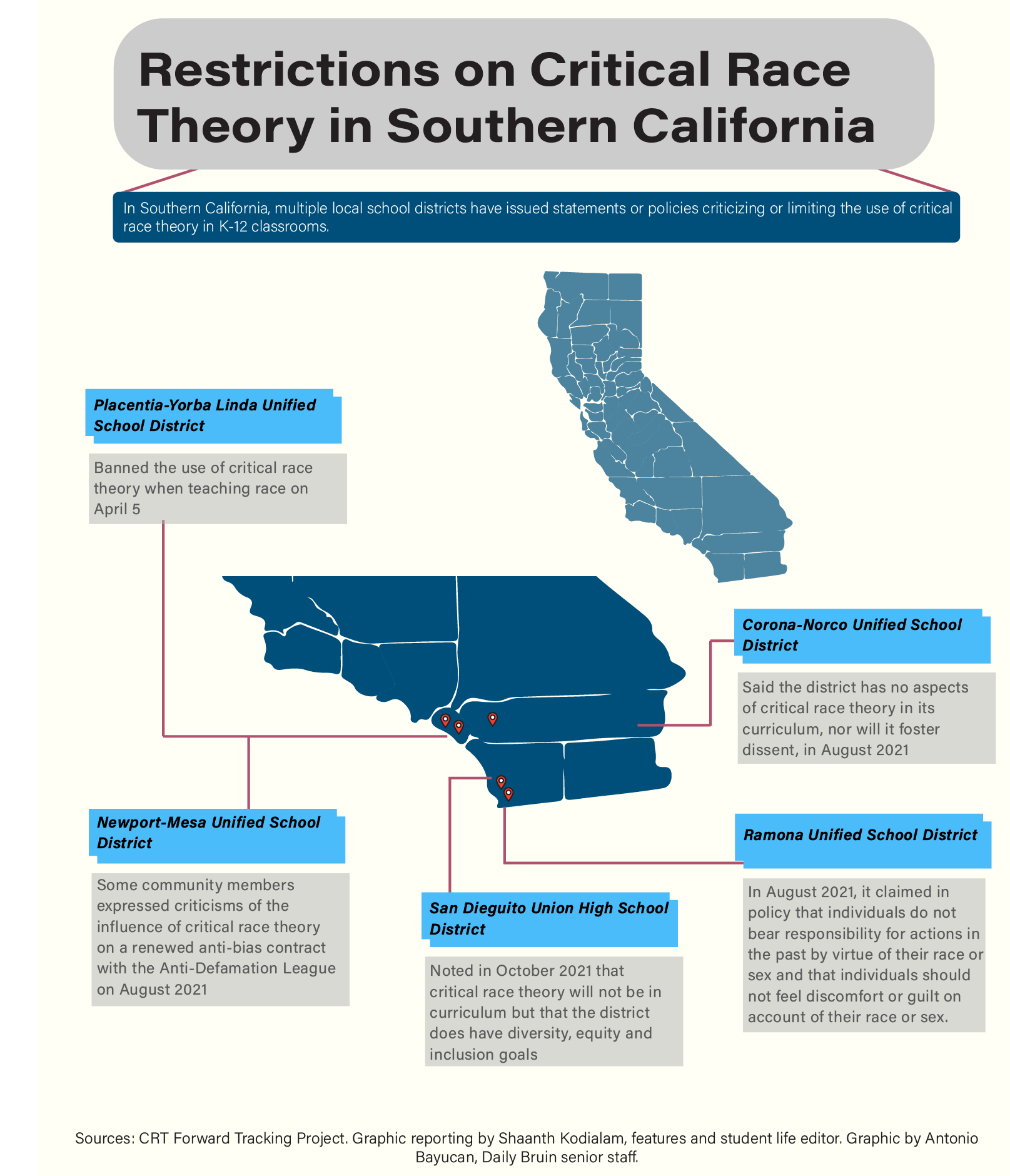The UCLA Law Behind Bars Data Project informs public of carceral institution data

The School of Law is pictured. The Behind Bars Data Project, founded by professor of law Sharon Dolovich, found that, during the pandemic, there was a lack of reporting on deaths in detention systems. (Daily Bruin file photo)
By Basile Maïza
May 17, 2023 12:21 a.m.
This post was updated Jan. 9 at 3:56 p.m.
The UCLA Law Behind Bars Data Project found that the COVID-19 pandemic had a disproportionate effect on incarcerated populations.
Formerly known as the COVID Behind Bars Data Project, the project collected data starting in March 2020 on deaths and infections in carceral institutions and detention centers across the United States. The project’s initial mission was to provide transparency on the impacts of the COVID-19 pandemic on incarcerated populations, said Sharon Dolovich, the founder of the project and a professor at the UCLA School of Law.
The project staff studied and standardized data related to COVID-19 infections and deaths among the population and staff in carceral institutions from corrections agencies such as state departments of corrections, the Federal Bureau of Prisons, the U.S. Department of Homeland Security – which administers Immigration and Customs Enforcement detention – and several large jail systems, Dolovich said.
Dolovich said the project was motivated by a failure of the federal government to comprehensively report statistics on deaths inside carceral institutions and ICE detention centers.
“Our goal is really to promote public access to information about what’s going on in these facilities,” said Aaron Littman, the project’s acting director and an assistant professor of law. “That data can be used to both reduce harm to people inside … and also inform a public conversation about what purposes incarceration is serving and what effects it’s having and whether we should continue doing it the way that we’re doing it.”
Using data from March to June 2020, researchers found that there was a rate 5.5 times higher of COVID-19 cases among incarcerated people compared to the general U.S. population. When analyzed by age group, researchers found the death rate in prison populations to be three times higher than the national rate.
The project also studied specific states such as Florida, where the life expectancy in state prisons dropped by 4.1 years during the pandemic. There were 42% more deaths between March and December 2020 than expected when compared to previous years’ mortality data. Several factors can explain these increased rates of infection and deaths, including close quarters and high population density in incarceration, Littman said.
“Social distancing was impossible, even in facilities that weren’t overcrowded,” Littman added.
Decarceration, primarily of elderly incarcerated people, was one of the main solutions brought forward to slow the spread of the virus, Littman said, so the project tracked reported releases made by state departments of corrections. The number of releases was insufficient to allow social distancing among those who remained inside and adhered to public health recommendations, Littman said.
“If you had a system that actually cared about saving lives and cared about public safety, you would be releasing people who were the most vulnerable and pose no public safety threats, and that was not what happened,” Dolovich added.
Many low-level offenders ceased to be incarcerated in jails in an attempt to reduce crowding, said Littman. Jails, as opposed to prisons, mostly hold people awaiting trial or serving out sentences shorter than a year.
Higher rates of infections and deaths in incarcerated populations can also be attributed to discrepancies between written policies regarding masking mandates and other preventive health measures, as well as their implementation and enforcement inside facilities, Dolovich said.
Additionally, many organizations, including the Behind Bars Data Project, developed strategies for vaccine education about how the vaccine worked and why it was important for people to get vaccinated, which turned out to be effective, Dolovich said. However, the politicization of the vaccine was unexpected, and vaccine refusal among staff remained high.
“Vaccine refusal among incarcerated people was actually much less than we feared,” Dolovich said. “And … we had a very high percentage of staff members who were refusing the vaccine,” she added.
Littman said there is a troubling history of medical neglect and experimentation on incarcerated people in the U.S., which is why some vaccine hesitancy could have been expected.
Dolovich said the project is continuing to collect more carceral mortality data and publishing it so community members who care about this issue may continue to access it. It will also help anyone who wants to make sense of the data for their own purposes to navigate it, she added.
“We are trying, basically, to show the federal government that we know that it can be done and that it shouldn’t be private citizens like us. It should be the federal government who’s doing it. But until that happens, we now are the caretakers of this data set,” Dolovich said.





